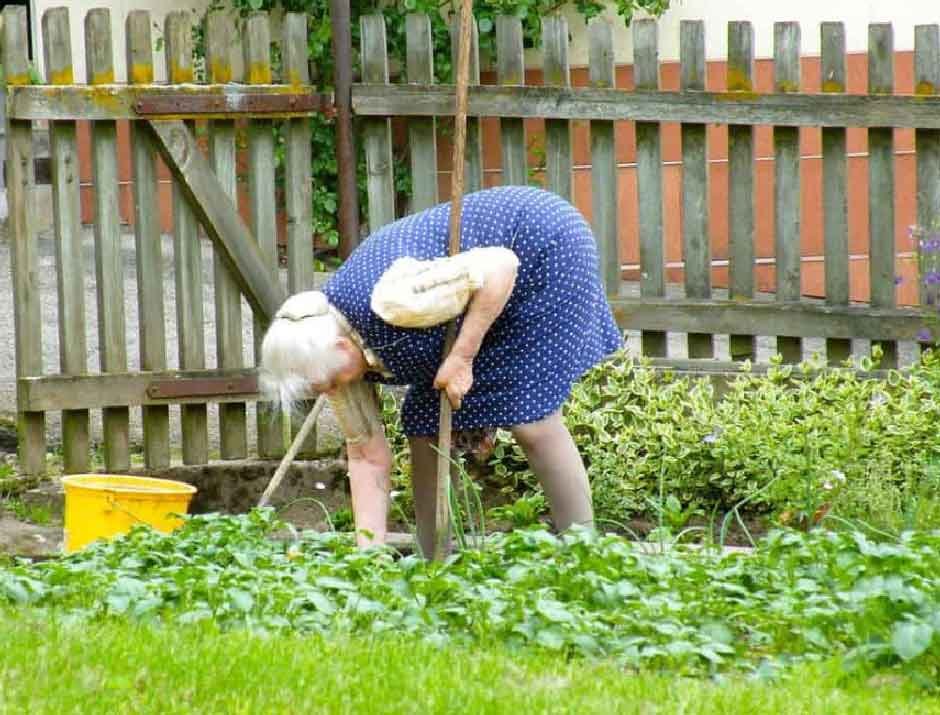Starting a home garden is an exciting and rewarding venture that can bring beauty, fresh produce, and a sense of accomplishment to your life. Whether you’re looking to grow your own vegetables, flowers, or herbs, the key to success lies in preparation, knowledge, and care. With the right tools, techniques, and a bit of patience, you can create a thriving garden that flourishes year-round. Here are some essential tips to help you get started on planting your future and cultivating a garden you can be proud of.
1. Assess Your Space and Plan Ahead
Before you dive into planting, take time to assess the space available in your yard. Not all gardens are created equal, and each type of garden requires specific conditions to thrive. Some plants need full sun, while others flourish in shaded areas. Observe how sunlight moves through your space and consider the following factors:
- Sunlight: Determine how much direct sunlight each area of your garden receives. Most vegetables and flowering plants need at least 6 hours of direct sunlight per day while shade-loving plants such as ferns or hostas do well in lower light.
- Soil Type: Healthy soil is essential for a thriving garden. Test the soil in different areas of your garden to determine its pH, texture, and nutrient content. You can purchase inexpensive soil testing kits or send samples to a local extension office for a professional analysis.
- Space for Growth: Plan for the full-grown size of your plants, as overcrowding can stunt growth. Consider how much space your chosen plants need to spread out and grow to their full potential.
Once you’ve evaluated your space, sketch a rough garden layout. This will help you visualize the placement of plants and ensure that each one gets the care it needs.
2. Choose the Right Plants for Your Climate
Choosing the right plants for your garden is crucial for ensuring success. While some plants may seem appealing, they may not be suitable for your region’s climate or soil conditions. To select the best plants for your garden, consider the following:
- Hardiness Zones: Check your local hardiness zone to determine which plants will survive and thrive in your area. The USDA Plant Hardiness Zone Map is a great resource for understanding the climate of your region.
- Growing Seasons: Different plants have specific growing seasons. Some may be suited for spring and summer, while others are better for fall or winter planting. For example, tomatoes and peppers are warm-season crops, while carrots and kale grow well in cooler weather.
- Low-Maintenance Varieties: If you’re a beginner or don’t have much time to devote to your garden, consider choosing low-maintenance plants. Herbs like basil, mint, and rosemary are easy to grow, as are flowers such as marigolds and sunflowers.
Choosing plants that are well-suited to your local climate and growing season will boost your chances of success and minimize the effort required for maintenance. For expert guidance and a wide selection of plants tailored to the Salt Lake City area, visit your local garden center.
3. Prepare Your Soil for Planting
Soil preparation is one of the most important steps in creating a healthy garden. Healthy, nutrient-rich soil provides the foundation for your plants to thrive. Here’s how to get your soil ready:
- Clear the Area: Remove any weeds, grass, or debris from your garden bed. Weeds compete with your plants for nutrients, water, and sunlight, so it’s important to eliminate them before planting.
- Loosen the Soil: Use a shovel or garden fork to loosen compacted soil. This will help improve drainage and allow plant roots to grow deeper and stronger.
- Amend the Soil: Depending on the results of your soil test, you may need to amend the soil with compost, organic matter, or other soil amendments. Adding compost not only enriches the soil but also improves its structure, allowing for better water retention and root growth.
- Consider Raised Beds: If your soil is particularly poor or compacted, consider building raised beds. These can be filled with high-quality soil and compost, providing a more controlled environment for your plants.
Well-prepared soil is the foundation for a thriving garden, so invest time and effort into getting it right.
4. Watering and Irrigation Techniques
Watering is one of the most important aspects of garden care. Too much or too little water can damage plants, so it’s important to find a balance. Here are some tips to help you manage watering effectively:
- Water Deeply and Infrequently: Instead of watering lightly every day, aim to water deeply but less frequently. This encourages plants to develop deep root systems that can better withstand dry spells.
- Water Early or Late in the Day: Watering during the hottest part of the day can lead to evaporation and waste. Early mornings or evenings are the best times to water your garden.
- Use Drip Irrigation or Soaker Hoses: These methods deliver water directly to the plant roots, reducing water waste and preventing diseases that can develop when foliage stays wet.
Consistent and thoughtful watering practices will help ensure your plants receive the hydration they need without over-watering or under-watering.
5. Mulching and Pest Control
Mulch is a gardener’s best friend. Applying a layer of mulch around your plants has several benefits, including:
- Retaining Moisture: Mulch helps retain moisture in the soil, reducing the frequency of watering.
- Preventing Weeds: Mulch acts as a natural barrier to weeds, reducing competition for nutrients and water.
- Regulating Soil Temperature: Mulch helps keep the soil cool in summer and warm in winter, creating a stable environment for plant roots.
When it comes to pests, organic methods such as introducing beneficial insects (ladybugs, bees, and predatory beetles) or using natural repellents (neem oil or insecticidal soap) can help control common garden pests without harmful chemicals.
6. Patience and Observation
One of the most important aspects of gardening is patience. Plants need time to grow and develop, so resist the urge to over-manage your garden. Instead, take time to observe your plants regularly. Check for signs of pests, disease, and nutrient deficiencies, and adjust your care routine accordingly.
Gardening is a learning process, and only some plants will thrive perfectly on your first try. However, with dedication and observation, you’ll continue to improve and enjoy the fruits of your labor.
In Conclusion
Starting a home garden is an investment in your future, offering numerous rewards such as fresh produce, beauty, and relaxation. By assessing your space, choosing the right plants, preparing the soil, and practicing patience, you’ll be well on your way to creating a thriving garden that will bring joy for years. Remember, every successful garden begins with a single seed, and with the right approach, yours will grow into something exceptional. Happy gardening!



